Although I'm posting this weeks after the fact, I want to do it before moving on to other things. My desire to have this blog be both a journal and a timeline of events in my life demands it. My mother's death has put me in a weird place concerning the blog and pretty much everything else I do. In better days, my sister used to read these stories to her so she would know where I was and that I was okay. Life goes on, yes, but mine feels distinctly different now and the little adventures I write about seem so banal — lately it's been difficult to take them seriously. Consequently, this will mostly be a photo essay of my 4 day visit to Vienna last April.
After my night at the Park Inn, the last prepaid hotel stop on the bike tour, I hopped on the subway and went to Helga's apartment. Helga was a gracious host and a most knowledgeable tour guide of her city.
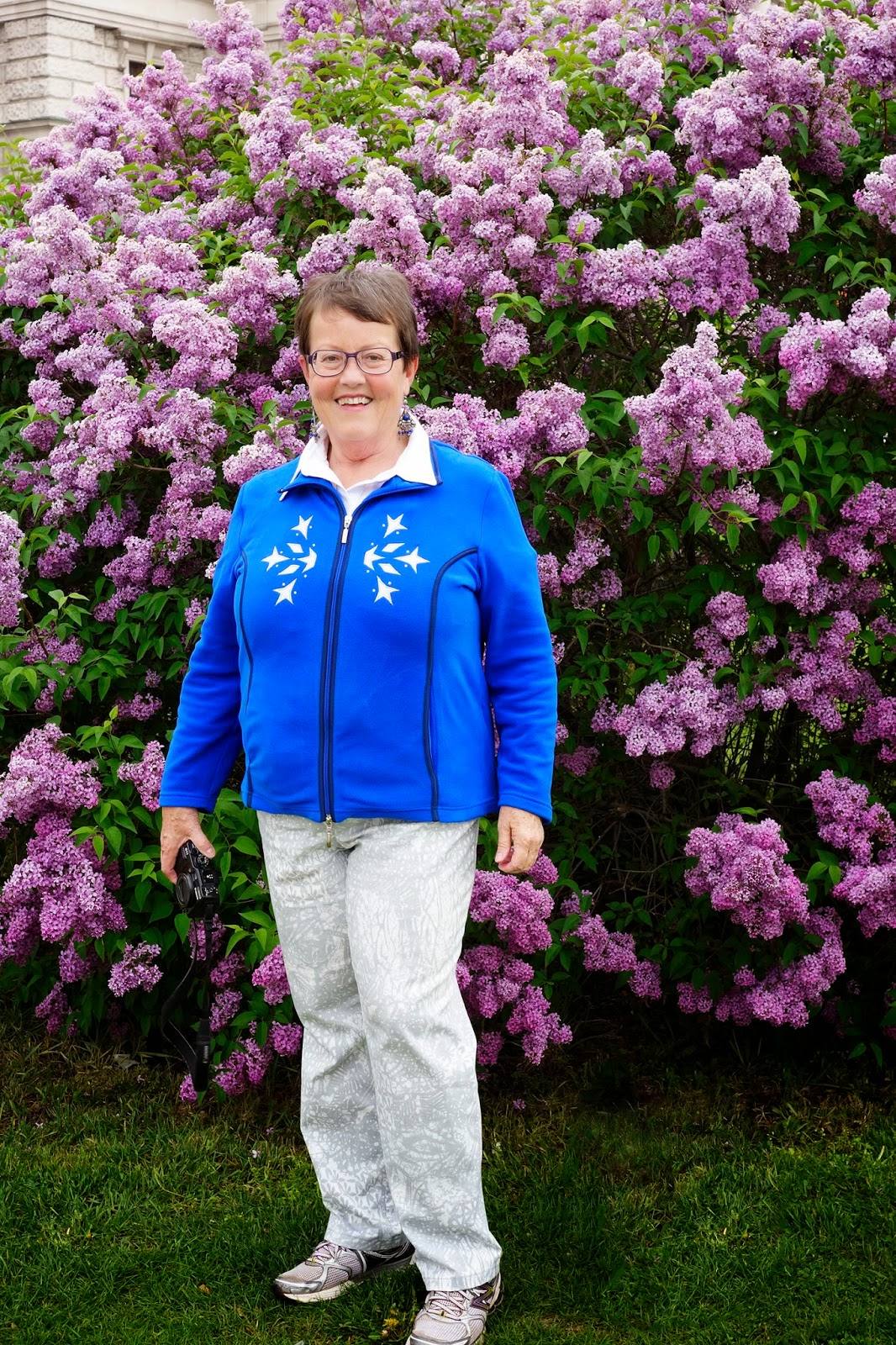.JPG) |
| Helga |
Almost as soon as I got settled in she said, let's take a ride and I'll show you some sights. She got on the Internet, located a rental car that was convenient to the apartment, and we walked a few blocks to pick it up. She passed her membership card in front of a barcode scanner in the windshield, the doors opened and off we went. A few of the larger cities in the U.S. have rental services like
car2go but not any of the ones I frequent. (See also this
Cool Tools article about car2go in the U.S.)
 |
| Big Dave in a small car |
 |
| Statues in a museum garden |
 |
| Some of Vienna's fine architecture |
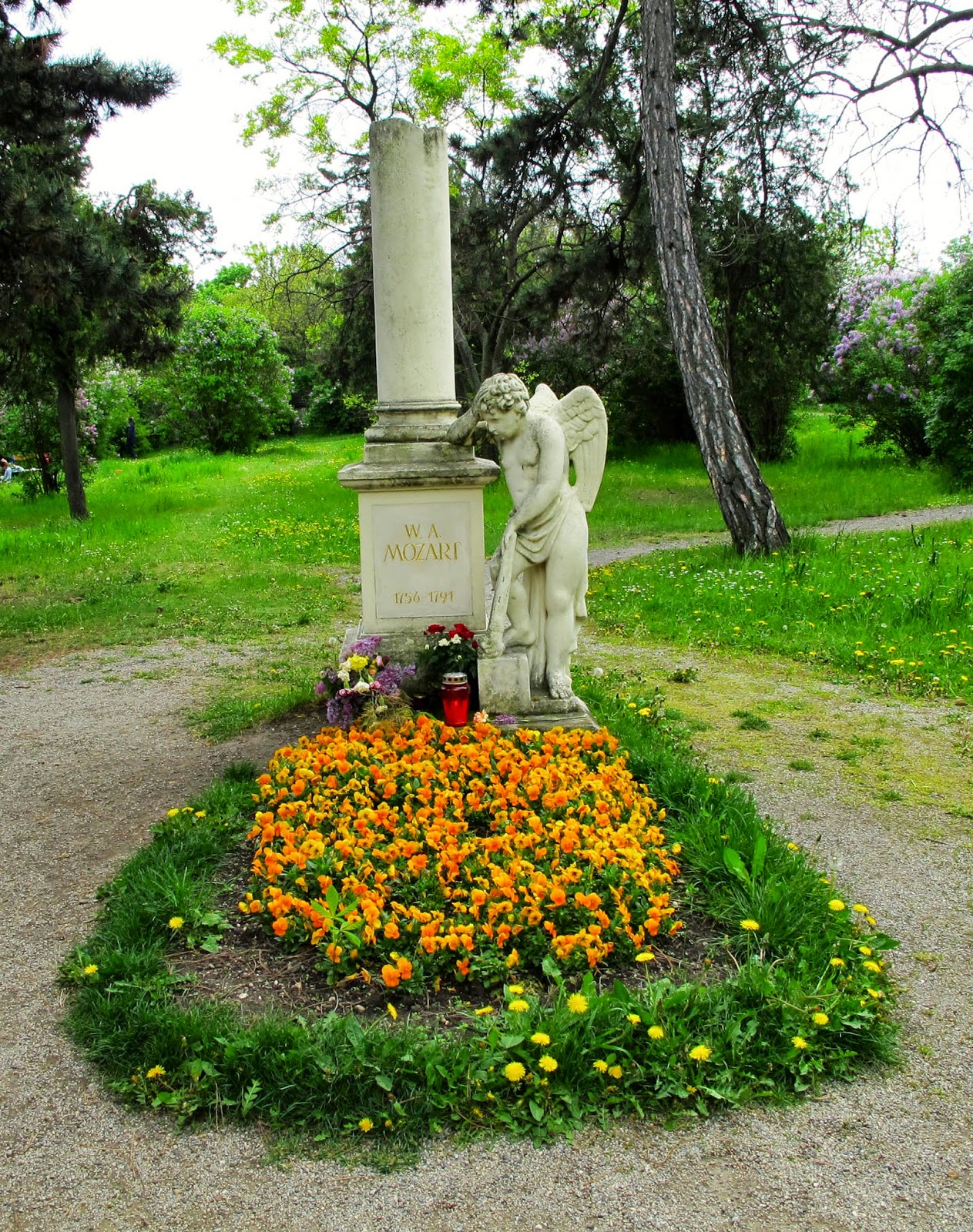.jpg) |
| Mozart's grave (photo by Helga) |
 |
We ate grilled pork leg at the Schweitzerhaus
(N48.213870, E16.401560) |
We visited the famous Schweitzerhaus Biergarten and had the house specialty
Hintere Schweinsstelze frisch vom Grill. It was quite a meal. Austrians eat quite a bit of meat and consume vast quantities of beer.
.jpg) |
| Schweitzerhaus taproom |
The restaurant is in the
Wurstelprater, a giant amusement park in the center of the city. We wandered about and stopped to see this merry-go-round that had live horses. The kids were really enjoying it and often reached down to pat their steeds — one little girl even whispered into her pony's ear. While I was watching two of the ponies were taken out for a break and fresh ones brought from an adjoining stable.
No visit to Vienna would be complete without a look at
St. Stephen's Cathedral, a splendid example of Gothic architecture dating from about 1350. The interior, which has been recently renovated, was awesome.
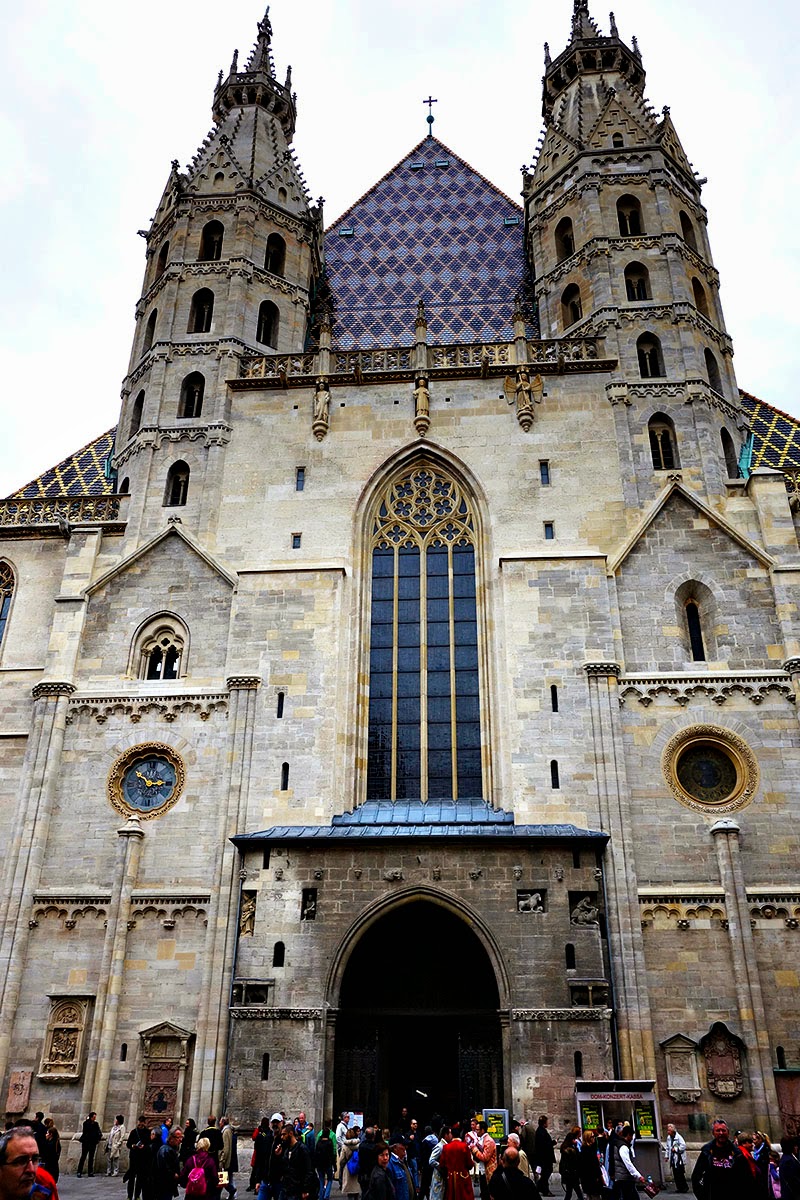.jpg) |
| The so called "Giant's Door" of St. Stephen's Cathedral |
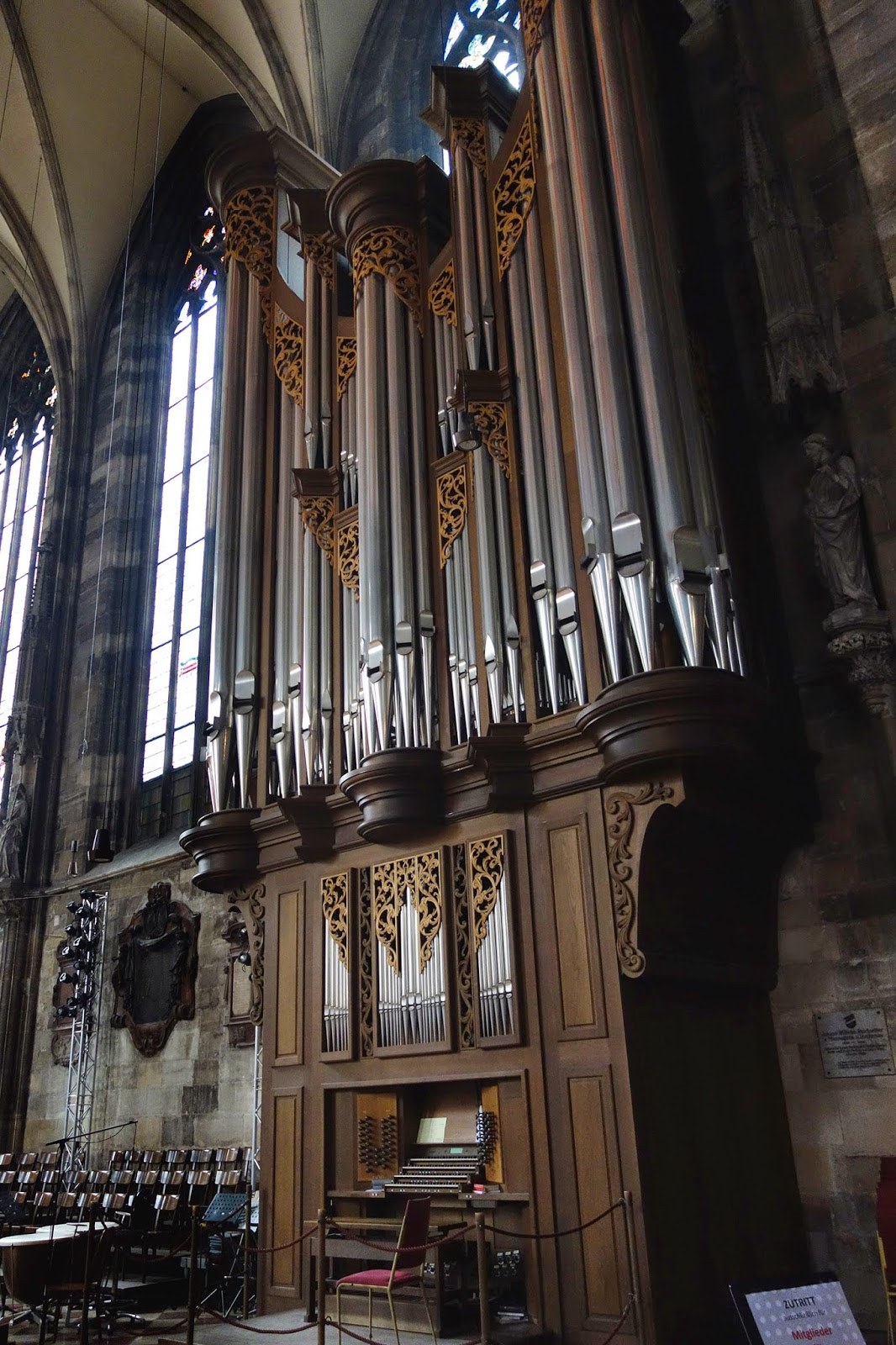.jpg) |
| Monster pipe organ |
.jpg) |
| Some of the faithful light votary candles |
Below are a few shots of the
Schoenbrunn Palace and its grounds. It's Vienna's most famous tourist spot that's also sought out by locals who enjoy its spacious gardens, quiet walkways and leafy bowers. It was occupied by the Habsburgs, rulers of the once powerful Austro-Hungarian Empire from about 1570 until World War I ended in 1918.
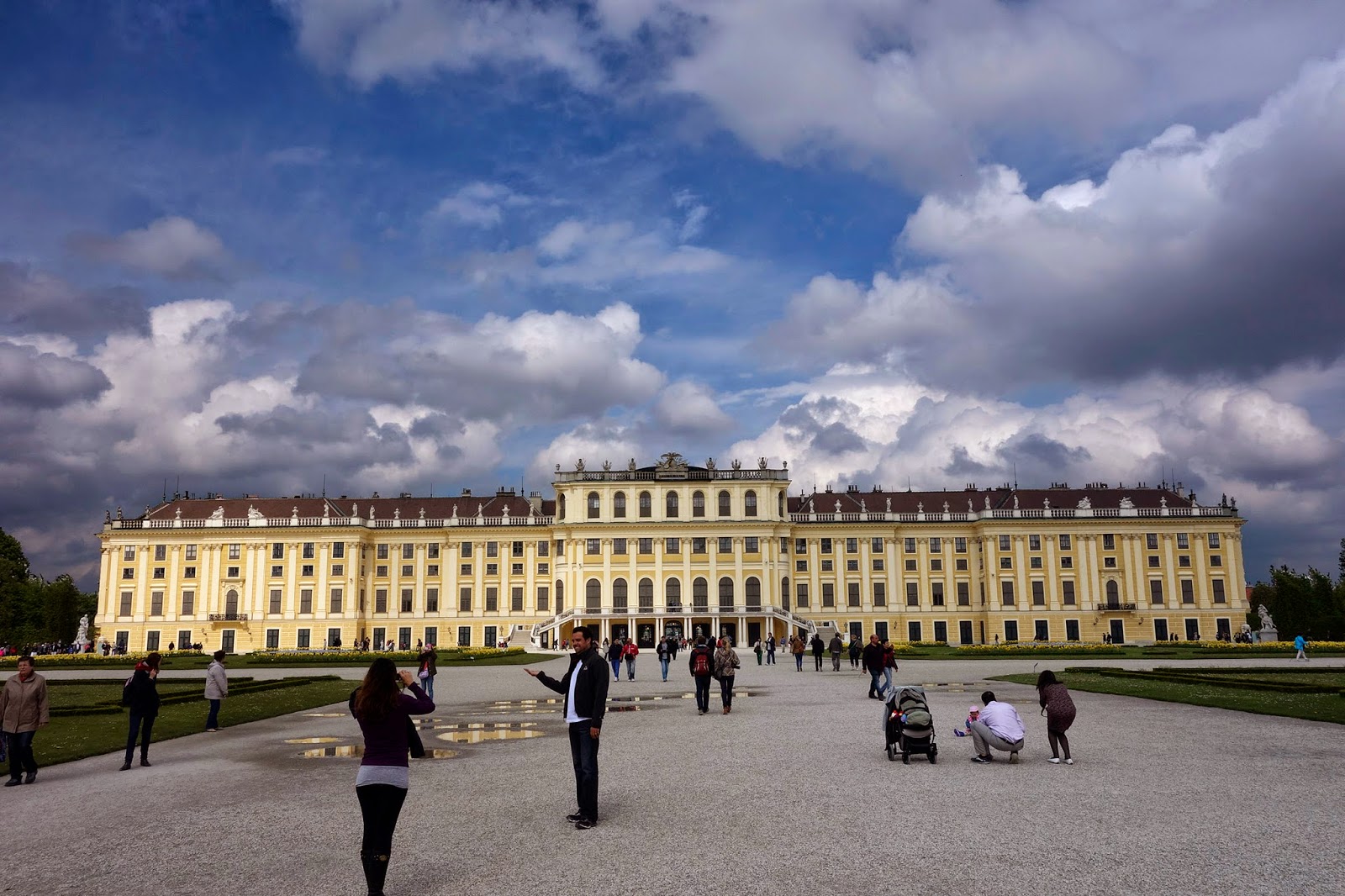.jpg) |
| This modest 1441-room home was the seat of Austria's Habsburg Dynasty for hundreds of years |
.jpg) |
| Detail of the Sun Fountain at Schoenbrunn |
Helga is a big fan of walking and she tired me out every day. We walked until my feet were sore. And she talked about Vienna, its history, museums and the Danube until I could absorb no more. On one of our walks we met these two waitresses in a fine restaurant. They both spoke English and the lady on the right had been to Alaska and worked in a cannery. Small world.
On my last day she took me to a nice cafeteria that she said most people, especially tourists, don't know about although a Google search for
Justizcafe turned up quite a few hits. It's located in the big courthouse, the
Wiener Justizpalastes and offers a scenic view of downtown Vienna as well as a helluva fine breakfast:
.JPG) |
| Justizcafe breakfast |
The tab for breakfast and the espresso came to $9.63 USD, not bad if you're used to Alaska prices. But of that total, $1.23 was taxes, 10% on the food, and 20% on the coffee. (Yikes!) Helga tells me there are no homeless people in Austria, or very few anyway, and there is universal heath care for all. You can ride the public transportation system for about $200
per year(!) and that includes subways, trams, and buses, all of which are very clean and punctual. But the tax burden is correspondingly high. Needless to say, we don't have that level of service in America. Who needs old people or those that can't earn enough money to pay for housing or medical help anyway?
I spotted this odd looking structure from the
Justizcafe and asked Helga about it. There are several of these old towers around the city. They're gun emplacements, remnants of the Nazi era and World War II, she said. I later learned it's one of six
flak towers in Vienna that held anti-aircraft guns for use against Allied bombers. The city was bombed 52 times during the war and 20% of its houses destroyed but these reinforced concrete towers survived.
 |
| World War II anti-aircraft battery |
And one last image from, well, somewhere. I forget...
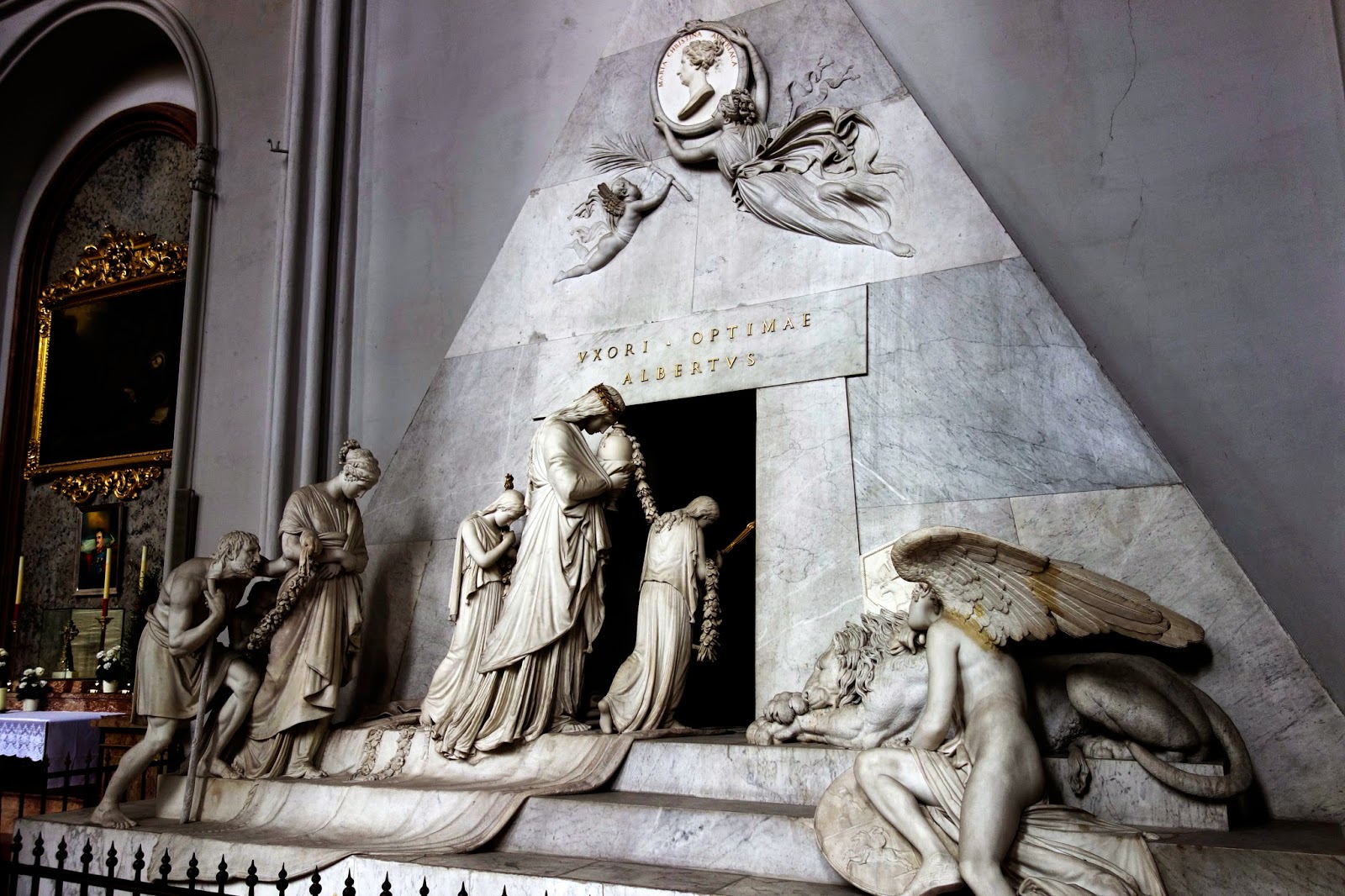_DSC2333.jpg) |
| Procession |
As I prepare to leave Vienna, my thanks go once again to Helga. She was an outstanding host that I hope to see again someday. Next it's on to Buffalo, North Carolina, Oregon, and finally Alaska. In writing this last post about the bike trip I got to thinking again about biking along the Danube on those magical spring days. It was really a swell way to travel and now that my butt is back to normal, I can say I thoroughly enjoyed it. Maybe I should go again, I'm thinking. Why not?
<< Danube Bike Trip (previous)
.jpg)
.jpg)
.jpg)
.jpg)
.jpg)
.jpg)
.jpg)
_DSC2333.jpg)
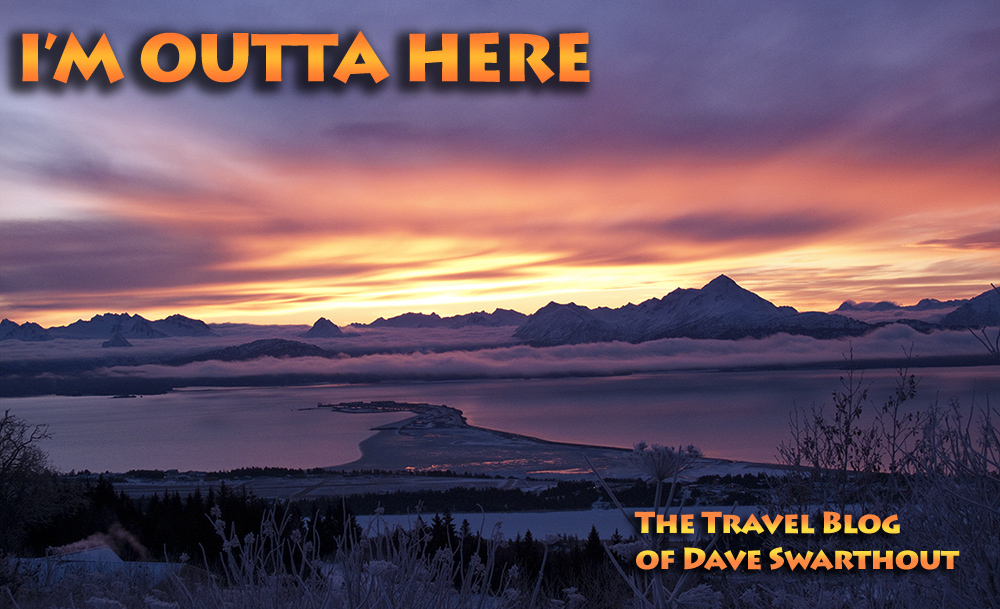
.jpg)
.jpg)
.jpg)
.jpg)

_DSC2425).jpg)
